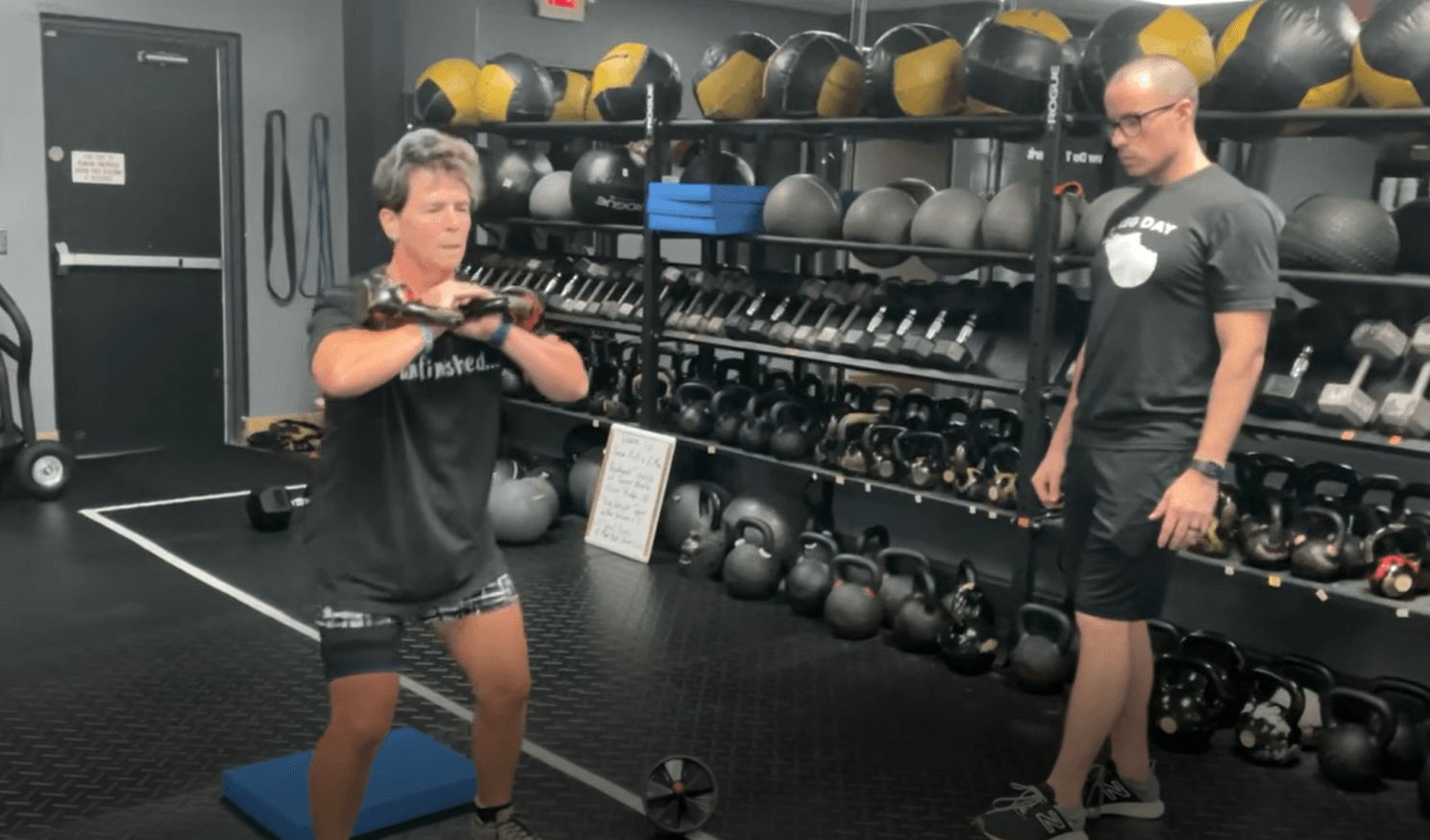How Much Does A Personal Trainer Cost?

The price for personal training varies widely across the nation with the average price per hour being $55.
For quality personal trainers, you should expect to pay somewhere between $75 and $150 per hour for a one-on-one session depending on the location.
A personal trainer in Los Angeles will charge significantly more than a personal trainer in Melbourne, Florida.
This price range also depends heavily on the personal trainer’s education, experience and ability to get results.
When people are wanting to get into shape or lose weight, hiring a personal trainer is one of the first considerations.
This consideration is almost immediately followed with the question of how much it will cost?
When you hire a personal trainer, you’re paying for someone’s time and expertise.
When you purchase a standard gym membership, you’re paying for shared access to equipment and amenities.
More often than not, this ultimately comes down to your views on taking care of your health. If you view training as an expense, you’ll probably find yourself paying between $10 and $40 for a big box gym you don’t really want. If you view your training as an investment in your health (longer life, better quality of life and less medication), then you’ll likely have a better appreciation for the benefits personal training can provide.
Many personal trainers will offer both 60 minute and 30-minute sessions and you can expect for a 30-minute session to cost approximately 60% of the one-hour rate. For example, if the 60-minute rate is $80 per hour, you could expect the rate for a 30-minute session to be between $45 and $50.
At No Limits Fitness, we offer Small Group Personal Training which allows you to share the cost of an hour of personal training. Our sessions are designed to have four people working with one coach. By splitting the hourly rate of $120, we are able to offer high quality personal training at a more affordable rate per session of $30.
Additionally, our Small Group Personal Training programs include weekly accountability, InBody scans, individual monthly check-in meetings and support within our private online community. These additional services typically aren’t included with one-on-one personal training.
As you can see, there is a wide range of pricing options when it comes to hiring a personal trainer. Without question there are some excellent trainers that charge lower rates…as well as bad trainers charging higher rates. In general, rates are determined largely by a trainers ability to get clients, their ability to get results for their clients and finally their ability to retain clients.
The average career expectancy of a personal trainer is 1 to 2 years. The industry constantly produces far more trainers than is needed much like real estate agents and financial advisors. For personal trainers, this is commonly because the hours are bad (early mornings and late evenings) and because newer trainers struggle to charge a rate high enough for them to earn a living.
Experienced personal trainers that develop better skillsets through continued education will likely charge more per hour than those early in their careers. As with most things, price is what you pay and value is what you get.
About No Limits
No Limits Fitness provides step-by-step programs to help busy adults get the body they’ve always wanted, without restrictive diets or time-consuming workouts, so they can lead more fulfilling lives. Life is a much better experience in a strong, healthy body!
Recent Posts



Luci
Doug
Tasha
No Limits Fitness helps busy professionals lose weight, get stronger and have more energy so they can lead the lives of their dreams...even if they've tried before and failed.
SERVICES
CONTACT INFORMATION
All Rights Reserved | No Limits Fitness | Privacy Policy
